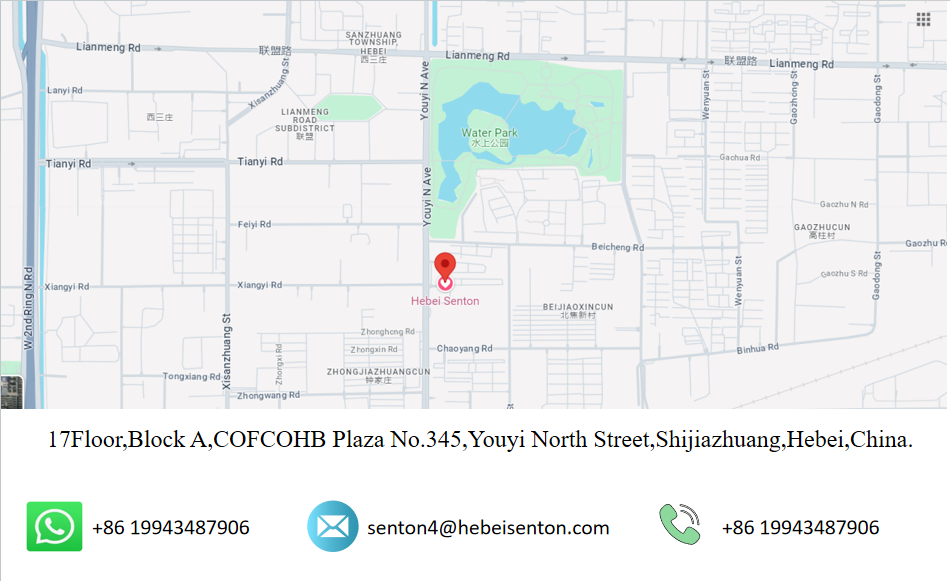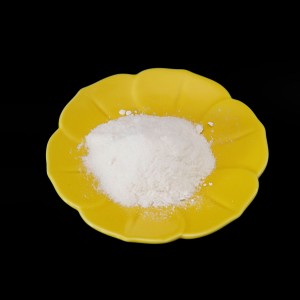Top Quality Veterinary Pharmaceutical Antibiotic Florfenicol CAS 73231-34-2
Florfenicol is a commonly used veterinary antibiotic with a wide antibacterial spectrum, strong antibacterial effect, low minimum inhibitory concentration (MIC), high safety, non toxicity, and no residue. It has no potential risk of causing aplastic anemia and is suitable for large-scale breeding farms. It is mainly used to treat bovine respiratory diseases caused by Pasteurella and Haemophilus bacteria. It has a good therapeutic effect on bovine foot rot caused by Clostridium. It is also used for infectious diseases caused by sensitive bacteria in pigs and chickens, as well as bacterial diseases in fish.
Indication
1. Livestock: for the prevention and treatment of swine asthma, infectious pleuropneumonia, atrophic rhinitis, swine pulmonary disease, streptococcal disease caused by breathing difficulties, temperature rise, cough, choking, feed intake decline, wasting, etc., has a strong effect on E. coli and other causes of piglet yellow and white dysentery, enteritis, blood dysentery, edema disease and so on.
2. Poultry: for the prevention and treatment of poultry caused by E. coli, Salmonella, Pasteurella and other cholera, chicken white diarrhea, diarrhea, intractable diarrhea, yellow white green stool, watery stool, diarrhea, intestinal mucous membrane punctiform or diffuse bleeding, omphalitis, pericardium, liver, bacteria, mycoplasma caused chronic respiratory diseases, infectious rhinitis balloon turbidity, cough, tracheal rales, etc. dyspnea
3. It has obvious effect on infectious serositis, Escherichia coli and Pseudomonas aeruginosa in ducks.
4.For aquatic products.Treatment of bacterial fish disease, taken internally.
Dosage :10-15mg/kg(relative to fish weight), twice a day (this drug is stimulating, divided into two times), generally three days a course of treatment. Shrimp and crabs have short intestines. Double the dose.Note: Use on sunny days.
Flufenicol is compatible
1. Combined with neomycin, doxycycline hydrochloride, colistin sulfate, loricin, etc., the curative effect is enhanced.
2. Combined with ampicillin, cefradine, cephalexin, etc., the efficacy is reduced.
3. Compatibility with kanamycin, streptomycin, sulfonamides and quinolones increases toxicity.
4. Compatible with VB12, it can inhibit erythropoiesis.
Pharmacological action
It can be diffused into bacterial cells through fat solubility, mainly acting on the 50s subunit of the 70s ribosome of bacteria, inhibiting the transpeptidase, blocking the growth of peptidase, inhibiting the formation of peptide chain, and thus preventing the synthesis of proteins to achieve antibacterial purposes. This product has a wide antibacterial spectrum and has strong effects on Gram-positive and Gram-negative bacteria and mycoplasma. This product has rapid oral absorption, wide distribution, long half-life, high blood drug concentration and long blood drug maintenance time.












